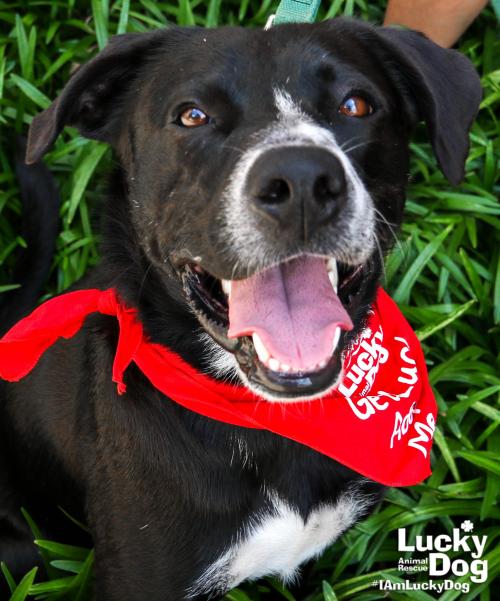
Adopting a dog is a big decision. Your life will change for many years to come. We have dreams and plans about all the things we want to do together with our new four-legged friend. We want the new dog to be harmonious and happy and blend in seamlessly into our existing life. Sometimes that happens and other times a dog need more support fand it takes a greater adjustment to get the dog there.
Leash reactivity is a rather common behavior issue; when the dog is barking and lunging at other dogs on leash. It is especially challenging in urban areas where increasingly more dogs have to share limited living spaces such as apartment buildings and limited potty and green areas. It can be extremely frustrating to be the person on the other end of the leash of a reactive dog. It is embarrassing -- other people can get annoyed and it can be difficult to get the dog to stop the behavior. Going for a walk can turn into a really stressful event. There are dogs that just do not do well in a city environment due to reactivity and not every adopter will feel up to the task. It is a very personal decision.
The good news is that if you feel up for the task there are several things you can do and many dogs will improve significantly, but it does require commitment and time. Here are some general guidelines.
Management
This is critical because the sooner you can prevent your dog from practicing the unwanted behavior of reacting the better you are setting yourself up to build a more appropriate behavior. This may involve walking your dog at odd hours. It may mean choosing routes where you have room to create space and/or go behind trees, cars or buildings to block the visual. It may involve driving your dog to open areas where you have full view of your surroundings. The right equipment is important -- a no-pull harness or a head-halti can be very helpful. You can also use the service to rent someone’s yard and exercise your dog that way for a while (sniffspot.com). You can also talk with your veterinarian about medication which may build results quicker.
Communication System
It is important to build up the communication system with the dog so they will listen to us on the street and around distractions so that, with enough practice, we can incorporate it around other dogs on the street at a distance. Pick a few behaviors that would be helpful to you to be able to ask your dog to divert attention around another dog and practice, practice, practice. My favorites are; “find it” (dropping food on the ground), Catch!, name response, touch, attention and turn. If your dog has dog friends let them play off leash and then walk them together on leash and practice the cues around them. Play with your dog in other ways. That relationship will carry over to other contexts as well.
Building Positive Associations
This is where you can work in a more targeted way to change how your dog feels about being closer to other dogs. It requires a plan and to build gradually in small steps. I advise working with a dog behavior consultant or a dog trainer with experience working with reactive dogs. It would include set ups with another (non-reactive) dog so you can control the different criteria you are working with: duration, distance and distraction levels. When I work with clients, we start with my dog in a down and build from there. Consider attending a dog reactive class. Nosework classes can also be a good way to get your dog to feel more comfortable around other dogs. (Note: Anytime you have a reactive dog you should always consult with the instructor of the class about your goals). It is helpful to work on relaxation exercises and introducing games in the presence of other dogs. Once you have a plan and routine in place you can replicate it with other dogs in a more controlled setting.
*Article Courtesy of Vivian Leven, MS, CBCC-KA owner, coach and consultant of Positive Dog Solutions.
